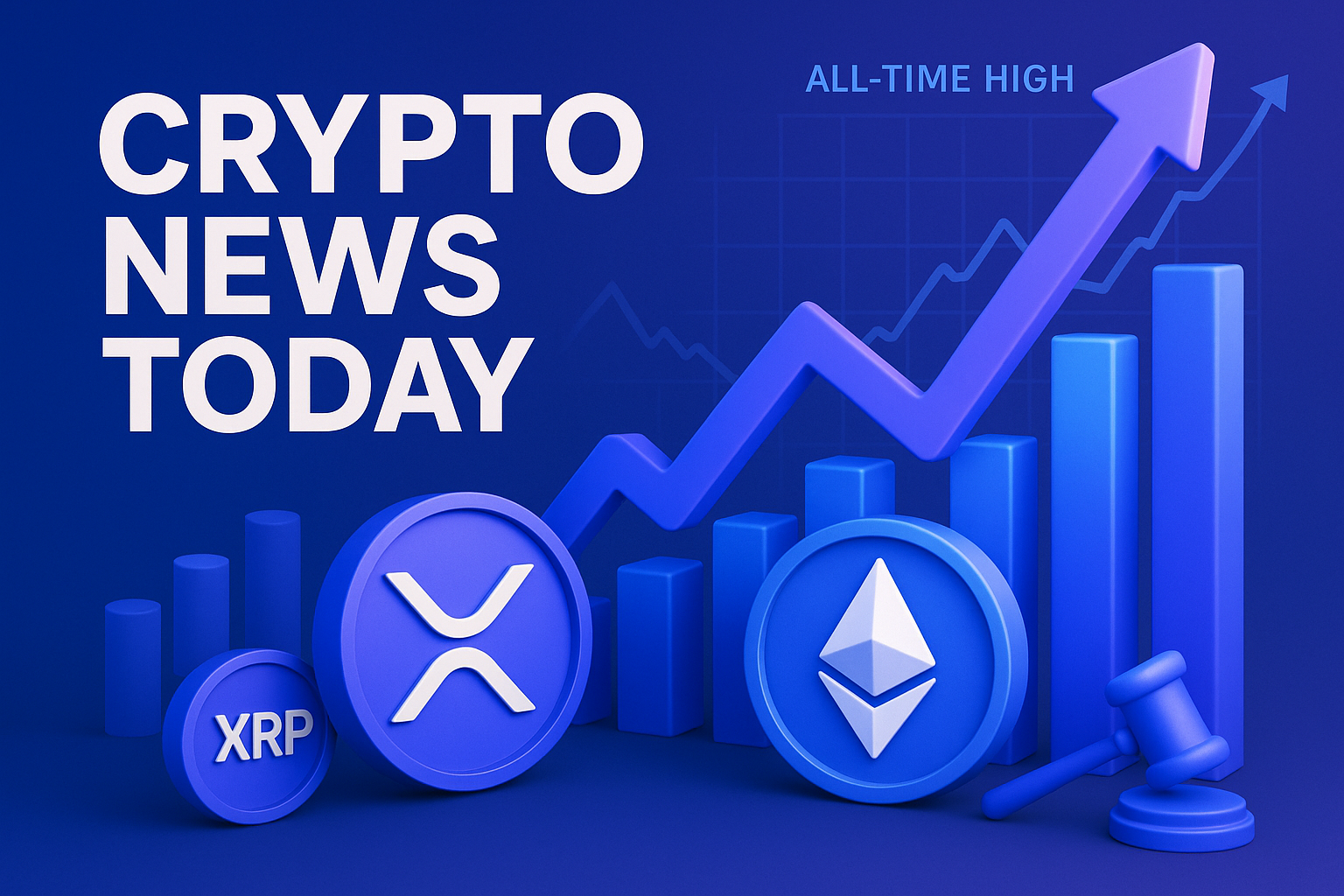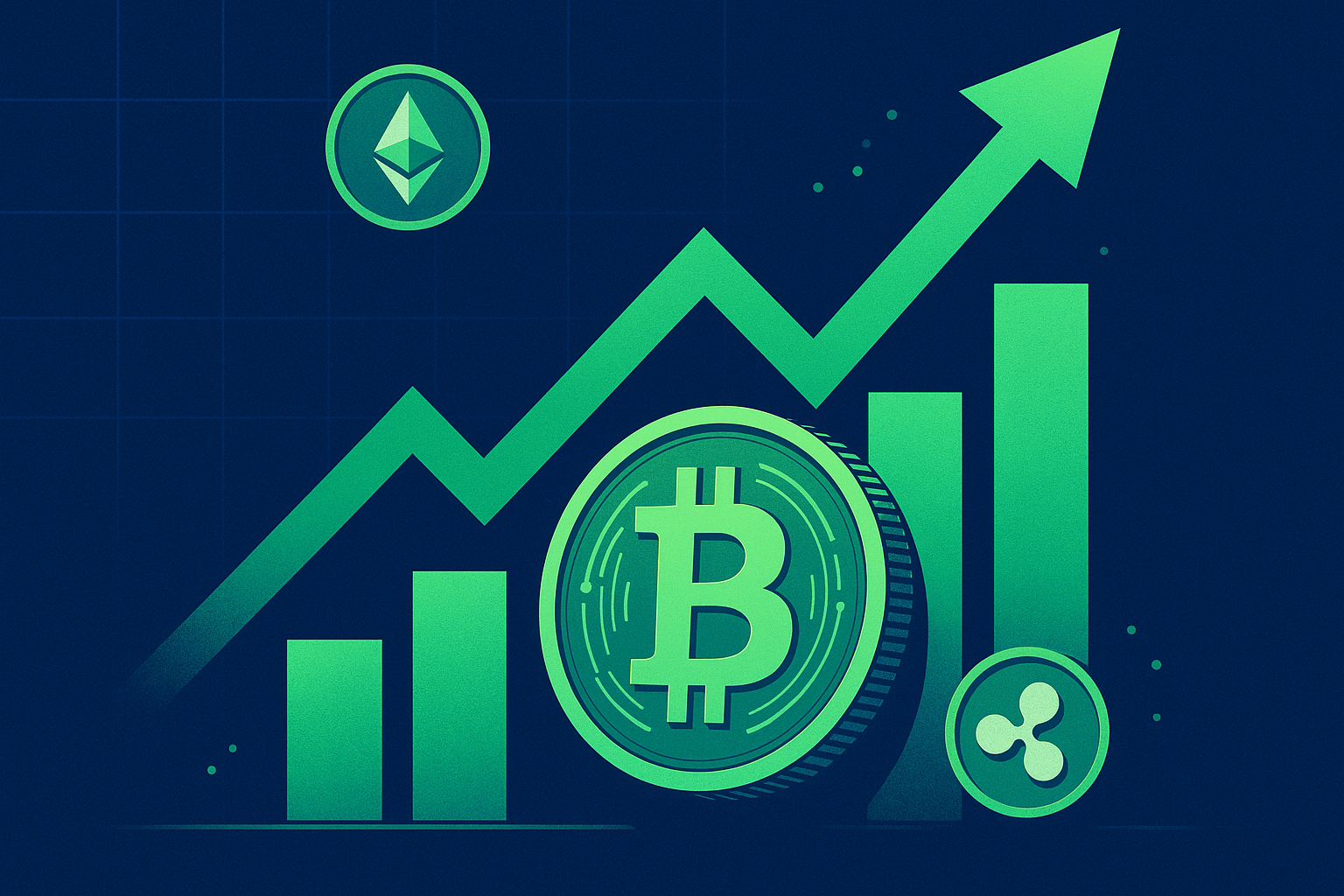If you’d told me five years ago that you—yes, you sitting in front of the Kraken price chart—would one-day spin up exposure to a sleepy Scottish community bank and a pile of British car-finance mis-selling claims from the same browser tab where you aped into PEPE, I’d have laughed and closed the Zoom. Things move fast in crypto, and sometimes the weirdest stuff ends up being the most interesting.
Quick confession before we geek out
Last month I was at Devconnect in Istanbul, cradling my third tiny Turkish coffee, when a junior Solidity dev asked me whether “RWAs are real or just VC catnip.” I muttered something half-baked about Maker’s T-Bills and immediately wished I had a crisper answer. So when I saw Bitfinex Securities UK list two fresh RWA products this week, I perked up. Finally, an excuse to dig deeper and give you the answer I wish I’d had on the spot.
Here’s what actually happened
Bitfinex Securities—yes, the same Bitfinex that powers the OG exchange—quietly opened the gates to:
- A £5 million debt issuance from Bladnoch Distillery Community Bank (a tongue-twister, I know) out of Dumfries & Galloway, Scotland. Investors buy tokens denominated in £100 clips, targeting a 9% coupon over three years.
- An SPV tranche tied to UK car-finance mis-selling claims. Think of it as a litigation-backed note: proceeds fund legal actions on behalf of motorists who were sold overpriced loans. If the suits succeed, token-holders get a slice of the settlement upside; if not, well… that’s the risk.
Both instruments clear through Bitfinex Securities UK, the firm’s FCA-registered offshoot that runs on the Liquid sidechain (Blockstream’s federated Bitcoin layer). Minimum ticket: £1,000, so you don’t need TradFi whale money to play. Secondary trading is promised but not yet live—Bitfinex says Q1 2024 for the matching engine flip-on.
Wait, why car-finance claims on-chain?
Because yield is yield, and lawyers are the original degen farmers. Remember the Aussies who tokenized sheep? Same principle: package a real-world cash flow, stick it in an SPV, wrap the SPV shares in a token, and boom—globally transferable quasi-security. UK regulators basically said, “Fine, as long as you gatekeep with KYC and respect our prospectus rules.” So Bitfinex created a walled garden for ‘qualified investors’ (read: you run KYC once and prove you’re not laundering cartel money), then let the tokens settle like any other Liquid asset.
In plain English: you’re buying the right to part of a potential lawsuit jackpot. If the Financial Conduct Authority forces lenders to cough up, the SPV collects and passes it through. If the courts shrug, your token’s value does the same. High risk, high possible reward—kind of like farming obscure Arbitrum pools, but with actual courts instead of yield multipliers.
How Bitfinex is wiring this together under the hood
Let’s pop the hood for a sec. Liquid uses the Elements codebase (a Bitcoin fork) but bakes in confidential transactions and 1-minute blocks. Tokenization happens via Issuance—basically a special transaction that defines a new asset ID and total supply. From there, transfers settle with finality every block. Nothing fancy like Solidity, but the kicker is interoperability with normal BTC swaps via atomic swaps or the built-in pegin/pegout system.
Settlement goes from T+2 in legacy land to T+0 on Liquid. Paolo Ardoino, Bitfinex CTO and freshly minted Tether CEO, told me in Telegram (yes, actual quote):
"If we can make settlement T+0, why wouldn’t we? Lawyers hate wires, devs hate PDFs, and investors hate waiting."
Hard to argue with that. Bitfinex Securities signs the off-chain docs, notarizes a hash of the prospectus, and anchors it to Liquid. Anyone can verify the hash, but only KYC’d wallets can move the tokens—think of it as ERC-1404 without the Ethereum gas stickershock.
The RWA race: how does this stack up?
You’ve seen the usual suspects—MakerDAO’s 1.8 billion DAI in U.S. Treasurys, Centrifuge’s Tinlake pools, and Coinbase hyping “Project Diamond.” Those plays focus on short-duration, dull credit, partially because regulators freak out less when the yield is sleepy. Bitfinex is doing the opposite: niche, chunky risk, and a yield that makes you sit up straight.
Numbers time. Average DeFi stablecoin farm: 4-6% APY. S&P dividend yield: 1.6%. Scottish community bank note: 9% coupon plus par repayment. Mis-selling note: projected IRR north of 20% if claims pay out. That’s why retail eyes widen, but also why DYOR levels go DEFCON 2.
Why this matters for your portfolio—even if you never touch it
Tokenized RWAs do three sneaky things:
- New collateral. Maker, Aave, and upcoming “L2 Real-World Money Markets” can list these tokens to back stablecoin mints, diversifying beyond USDC and stETH.
- Reg-friendly bridges. Liquid assets can legally hop into DeFi as wrapped ERC-20s. Picture a bridge smart contract that only honors transfers from whitelisted Liquid addresses.
- Price discovery. Secondary trading lets you see true risk premiums, something the bond market hides behind ISIN codes and Bloomberg terminals.
Even if you’re 100% in Bitcoin, keep an eye on yields here—they telegraph how hungry people are for off-chain risk. Historically, when RWA yields spike, DeFi TVL follows six months later. Correlation ≠ causation, but I track it anyway.
Now here’s the interesting part (a tiny tangent)
Remember when Tether bought a chunk of Volcano Energy in El Salvador? Same DNA: own real stuff, tokenize cash flows, keep it in the family. Bitfinex and Tether are sibling companies, so don’t be shocked if USDT ends up accepted directly for these notes. That would bootstrap dollar liquidity without touching banks—pretty on-brand for Bitfinex after the 2017 Wells Fargo fiasco.
What could go wrong?
I’d be a clown if I ignored the pitfalls:
- Regulatory whiplash. The FCA could wake up tomorrow and decide litigation finance shouldn’t be marketed to retail. Tokens freeze, liquidity dies.
- Chain risk. Liquid is secure but niche; if traders don’t show up, you’re stuck in a ghost town with your shiny asset ID.
- Legal outcome risk. Car-finance lawsuits could drag for years. Imagine buying Sushi at $20 in 2021 and still waiting for breakeven—same energy.
None of that is fatal if you size positions sanely, but treat these tokens like you would an early-stage angel check: expect delays, expect volatility, expect Discord bots spamming “wen unlock.”
The part I’m keeping an eye on
Bitfinex hinted that future listings may include renewable-energy revenue shares and even esports-team equity. If those drop, you’ll see whether a federated sidechain can compete with the ERC-3643 compliant guys on Polygon. My gut says we’ll end up with multi-chain liquidity pools bridged by something like Wormhole or LayerZero, but hey—that’s speculation.
In the meantime, I owe that Devconnect dev a DM: “RWAs are real, but they’re getting weird—and that’s the fun part.”



